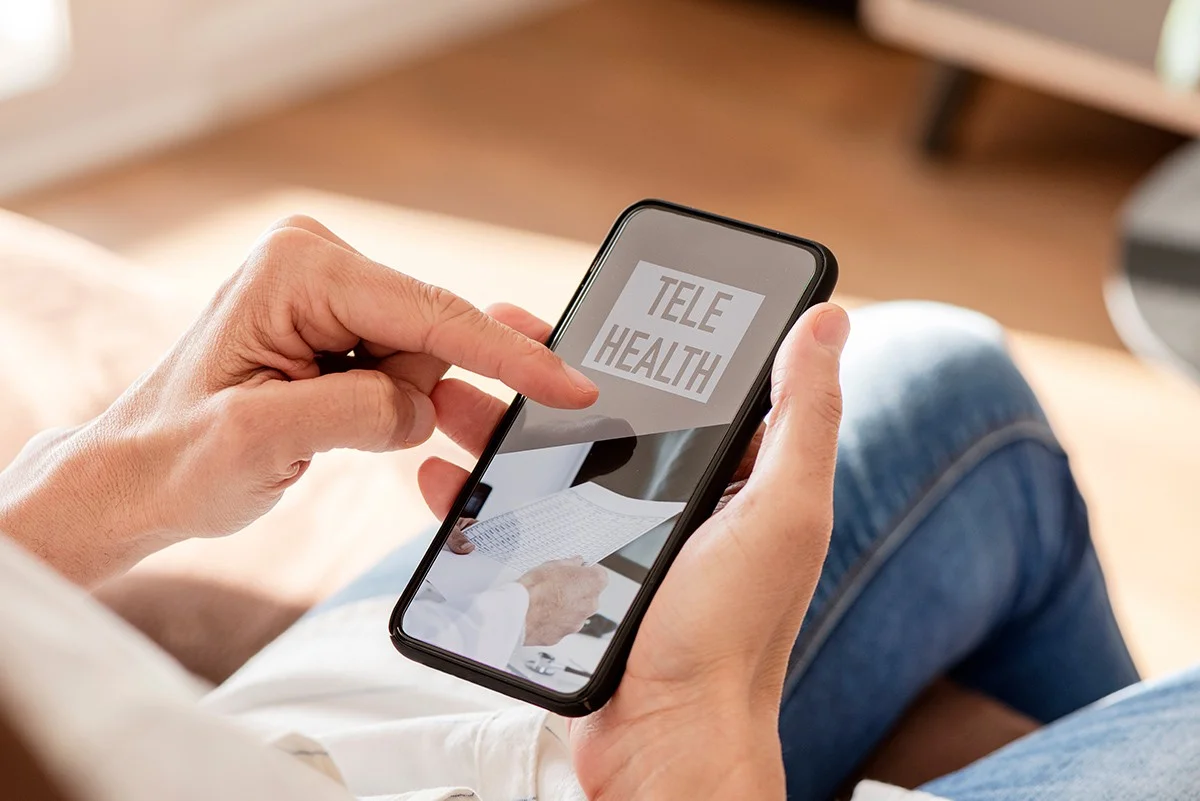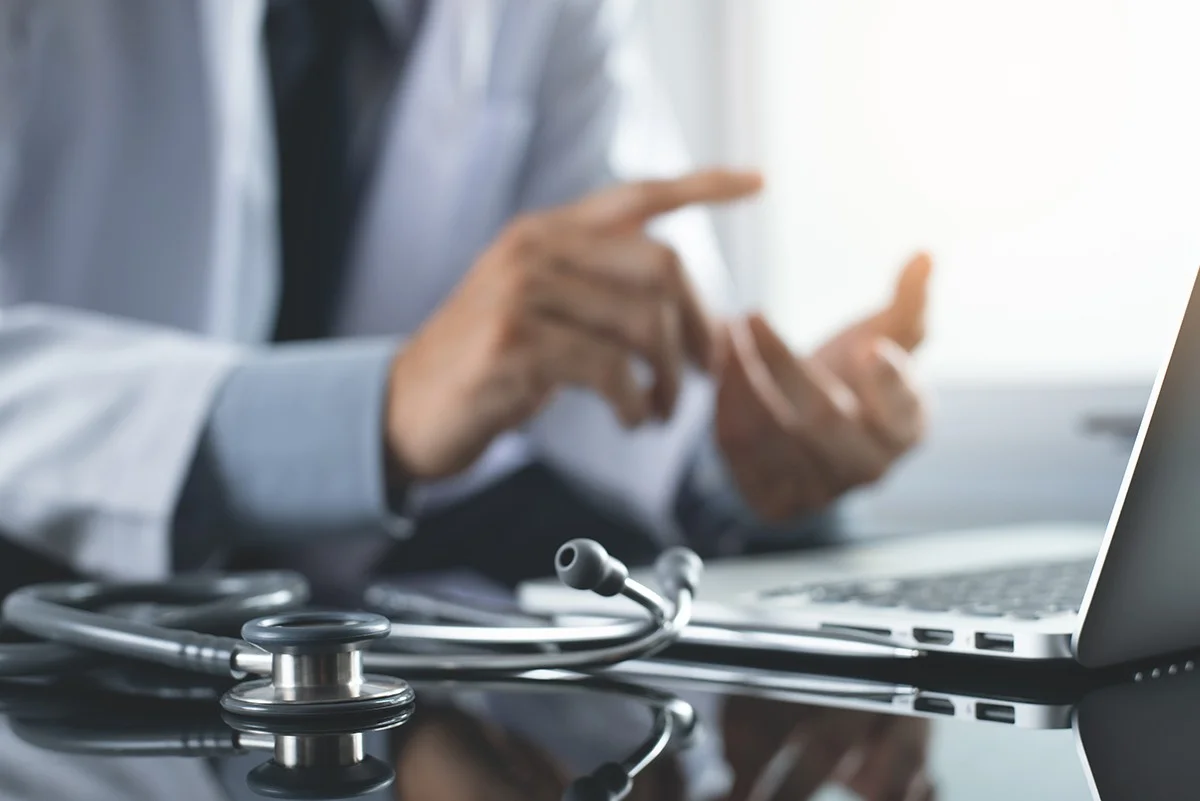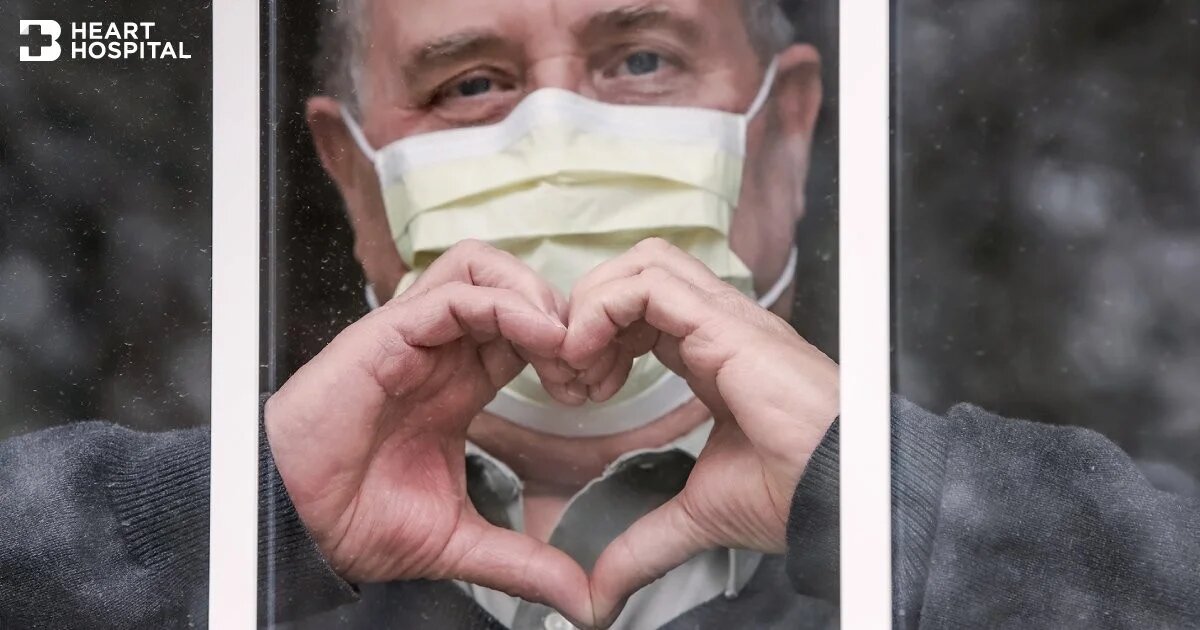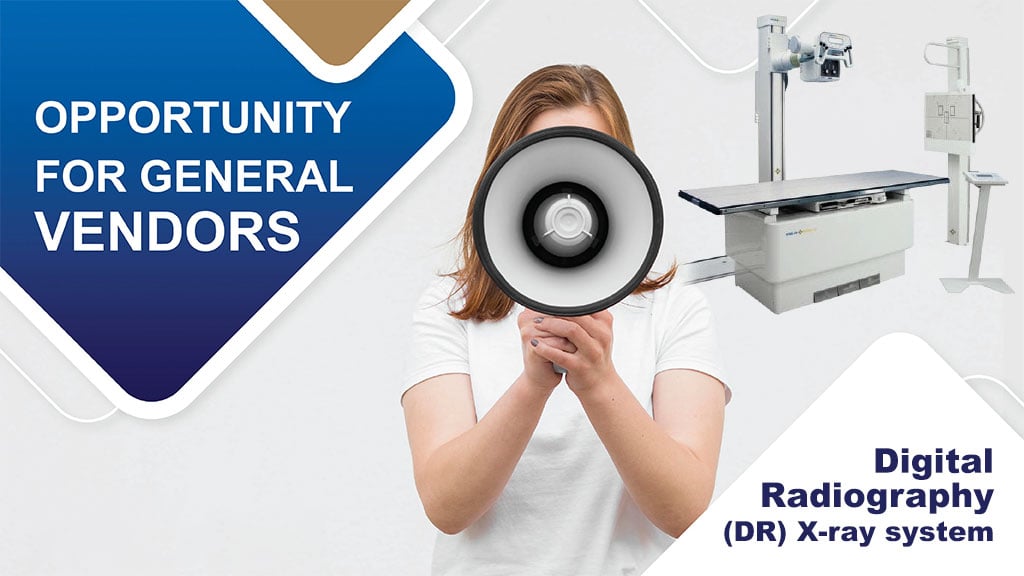Prevention Of COVID-19 Disease
As the COVID-19 pandemic has been defined global health crisis, it has become the greatest challenge we have recently encountered worldwide. The COVID-19 disease can cause a wide range of symptoms and severity, affecting several organs and systems in the body. Current statistical data derived from clinical researches point out that up to 80% of patients infected with this novel virus manifest only mild symptoms.
In terms of provided treatments, 14% of patients with respiratory manifestations need to be hospitalized and treated with oxygen therapy, 6% of patients are severely ill and treated in critical care units while death rate is approximately 7%, globally. However, the number of infected cases, treatment success rates and mortality rates relatively depend on medical capabilities, facilities and healthcare settings among different countries.
Based on current information obtained from clinical studies, older adults and patients who have certain underlying medical conditions are at greater risks of developing fatal conditions, resulting in an increased risk of death. The elderly aged over 60 have a 3.6% of dying, defined as case fatality rates. Fatality rates drastically increase up to 15% in patients aged over 80. In addition, in comparison to normal population, patients with certain medical underlying diseases have higher death rates, including cardiovascular disease (13%), diabetes (9%), hypertension (8%) and cancer (7.6%).
The signs and symptoms of COVID-19 disease vary ranging from mild to severe conditions. With or without underlying diseases, after being infected with the viruses, patients usually develop fever, runny nose, cough and sore throat. Shortness of breath and pneumonia might be present in patients with severe infection. If left untreated, impaired oxygen levels potentially lead to life-threatening conditions related to cardiovascular disease, including myocarditis (an inflammation of the heart muscle affecting heart’s electrical system and pumping function), myocardial infarction (defined as decreased blood flow that causes damage to the heart muscle), arrhythmia and heart failure. In severe cases, patients might require ECMO machine (extracorporeal membrane oxygenation) that supports for both the lungs and the heart. Eventually, systemic complications can lead to multiorgan failure that homeostasis cannot be maintained, causing death.
Prevention of COVID-19 disease
According to recent evidence, COVID-19 virus is thought to primarily transmit between people through respiratory droplets, aerosols and contact routes. Since COVID-19 disease might attack anyone at any age, to control the spread of COVID-19, public awareness in reducing disease transmission must be raised. Recommendations include:
- Refrain from traveling to pandemic or high-risk areas.
- Social distancing should be strictly applied both inside and outside of home. Social distancing is deliberately increasing the physical space between people to avoid spreading illness, especially while living with the elderly or people with underlying diseases.
- Maintaining eating hygiene and using your own spoon to reduce viral transmission.
- Keeping healthy and practicing good personal hygiene. Touching face, eyes, nose, mouth must be also avoided.
- Wearing face masks properly to cover mouth and nose entirely. Face masks can serve a public health benefit in reducing transmission by limiting the volume and travel distance of expiratory droplets dispersed when sneezing, coughing or talking.
- Frequent washing of hands with soap and water. Alcohol-based hand rub can be also used.
- Since viruses can be excreted via stool, covering the toilet lid while flushing is definitely essential in order to reduce the transmission of viruses in the air.
- In patients with coronary heart disease or other underlying conditions that are prone to increase risks of developing coronary heart disease, such as dyslipidemia, diabetes, hypertension and chronic kidney disease, prescribed medications must be taken strictly. Moreover, blood sugar levels, blood pressure and lipid profile as well as inflammatory markers such as C-reactive protein must be kept within desired ranges.
- Smoke cessation is highly recommended if smoke.
- Even though science is racing to develop vaccines to blunt the outbreak’s impact. Currently, there is no specific vaccine to prevent infections against COVID-19 disease. However, influenza vaccine and pneumococcal vaccine are advised in elderly patients who have chronic respiratory disease or cardiovascular disease.

Telehealth during the pandemic of COVID-19
As telehealth has become the new normal, the evidence on its effectiveness is mounting particularly in patients with chronic diseases. Telehealth possesses several advantages, including keeping patients safe from possible exposure to the novel coronavirus, reducing risks of viral transmission to other people, improving convenience and access to healthcare services as well as cutting traveling time and transportation costs to the hospitals. More importantly, telehealth substantially enhances the practice of social distancing in the community, allowing the disease to be effectively contained. Telehealth provides a variety of healthcare services with ease and convenience. These include tele-consultation with doctors via mobile phone, in-home blood collection and drug delivery service.
Telehealth services
Telehealth services in cardiovascular disease and related conditions include:
- Hypertension: Patient’s medical history can be obtained through tele-consultation. Doctors can conduct physical exam and measure vital signs, such as blood pressure and pulse rate while having different positions, including lying, sitting and standing by using remote vital sign monitoring devices with special censors. Blood pressure and pulse rate can be also monitored after exertion or exercising, allowing doctors to adjust dosage regimen of antihypertensive drugs appropriately.
- Dyslipidemia: Due to the advancements of telehealth, personalized results of annual health check-up can be revealed on mobile applications. Lipid profile result obtained in each year can be compared and used as a trend to monitor overall health status. In addition, in-home blood collection service and drug delivery service by post office service or hospital delivery service are available at patient’s doorstep. Patients may consider receiving their medications at pharmacy stores nearby, resulting in enhanced medication access with ease and convenience. Continuous treatment of dyslipidemia effectively helps to prevent serious complications that may develop when lipids in the blood e.g. cholesterol, HDL and triglyceride levels rise above the desired targets.
- Heart failure, ischemic heart disease or myocardial infarction after receiving treatment from the hospital: Besides taking patient’s medical history via mobile phone, telehealth service enables the cardiologists to access patient’s volume status that is clinically linked to pulmonary edema and congestive heart failure. Apart from the use of scales to monitor weight changes at home, assessment mainly involves the use of digital stethoscope. Patients will be instructed to place this device on their chests. Digital stethoscope then converts an acoustic sound to electronic signals, which can be further amplified for optimal listening. By offering high-performance auscultation, amplification, ambient noise reduction, digital stethoscope sends the sounds obtained from the heart and lungs to the cardiologists through online program, allowing the evaluation to be made in combination with leg examination to identify leg swelling (edema) by using VDO cameras. As a result, cardiologists are able to adjust the dosage regimen of diuretic drugs that used to eliminate excess fluid in the body and prevent pulmonary edema caused due to excess fluid in the lungs. Additionally, digital finger pulse oximeter that attaches to patient’s finger is automatically connected to the hospital’s system. This allows the cardiac rehabilitation specialists to monitor heart rate and blood oxygen saturation levels while patient is walking or having low-intensity activities. If any abnormality is detected, early diagnosis and further treatments can be provided accordingly. If oxygen levels reduce while sleeping, sleep test and other relevant tests are highly recommended in order to identify the real cause of problem, especially in overweight or obese people.
- Arrhythmia: An electrocardiogram or EKG is a test that measures the electrical activity of the heartbeat. EKG is used to diagnose arrhythmia, a problem with the rate or rhythm of the heartbeat. Advanced technology in digital EKG allows it to work with smartphone and fits easily into the pocket. Patients can view their personal EKG results on their mobile screens. These EKG patterns can be then immediately transmitted to the cardiologists. These real-time results allow the cardiologists to evaluate and interpret the cardiac rhythm around-the-clock. Even when patients are sleeping or having exercise, arrhythmia can be also detected. In case that any abnormality is found, an appointment for further investigations at the hospital will be made in order to prevent fatal conditions, especially in patients with atrial fibrillation that might have a cardiac embolus or clot travelled to and lodged in the vessels of the brain, causing ischemic stroke. Moreover, in patients who have received certain medications such as thrombolytic drugs that dissolve blood clots in which frequent blood monitoring for both effectiveness and safety is required, in-home blood collection service is convenient and less time consumption since patients do not need to get the blood test at the hospital.
- Diabetes: Instead of using daily routine finger-prick blood test to monitor blood glucose levels that may cause pain and inconvenience, diabetes skin patch can non-invasively measure glucose levels in diabetics through the skin from fluid between cells across hair follicles. After placing skin patch on the arm, blood glucose levels can be measured and reported to the doctors via telehealth application. After receiving the blood sugar results, dosage regimen of anti-diabetic drugs can be adjusted as needed. If blood sugar levels are not well controlled, lifestyle modifications including eating habit and exercise will be advised accordingly. In case that patients use pulse watches that constantly monitor and measure heart or pulse rate, doctors are able to make appropriate suggestions to achieve target zones for optimal metabolic rates.
- Valvular heart disease and coronary artery disease: Since there is widespread, ongoing transmission of COVID-19 worldwide, non-emergency cardiac surgery and balloon angioplasty should be preferably postponed in order to prevent the disease transmission before and after surgery. Consultation with cardiologist via telehealth allows patients to receive continuous monitoring. If abnormal sign or symptom arises e.g. weakness and chest discomfort, urgent surgery or procedure can be timely conducted. Technological advancements have drastically resulted in the emergence of miniaturized handheld cardiac ultrasound equipment which is compact and convenient. Handheld echocardiography can be readily performed at the point of care with reasonable image quality, the simplicity of use and easy transportability. Its benefits have encouraged doctors to use these devices for prompt medical decision making. In the near future, if remote heart ultrasound has been fully developed, handheld echocardiography can be used conveniently by house call doctors as the primary imaging modality for diagnosing cardiac conditions.
- In-home influenza vaccination: In-home influenza vaccination service provides convenient access to people who prefer to receive vaccination at home, instead of going to the hospital, especially the elderly and patients with medical underlying conditions who are prone to become severely ill if infected. To reduce the risk of flu-associated hospitalization and disease severity, people who are at risk of developing influenza should get an annual influenza vaccine. Both the flu and COVID-19 disease have shared similar symptoms. Although the flu vaccine does not prevent against COVID-19, being protected from influenza by vaccination, people could avoid unnecessary hospital visits and protect vulnerable groups from potentially more severe disease.
- Presenting with fever and respiratory symptoms, such as cough, weakness, chest discomfort and breathing difficulties: With or without underlying disease, certain signs and symptoms e.g. chest pain and breathing difficulties might not be clearly distinguished whether they are caused due to COVID-19 infections or exacerbation of cardiovascular disease. If abnormalities exhibit, consultation with doctor via telehealth offers fundamental screening and if COVID-19 is suspected, additional appointment for further tests and investigations at the hospital might be required. Early diagnosis and effective treatment result in reduced disease severity and complications that can fatally affect the lung and respiratory system, heart and kidneys. In case of emergency, ambulance well equipped with emergency devices and medical equipment is readily available around-the-clock.

Telehealth encompasses a broad variety of technologies and tactics to deliver virtual medical services with ease and convenience. Telehealth has become transforming healthcare since it greatly helps enhancing access to healthcare and improving patient engagement with remote monitoring as well as reducing patient’s time and costs generated from traveling or transportation to the hospital. More importantly, it substantially minimizes the risk of COVID-19 infection, allowing patients to feel more comfortable and less stressed during the period of quarantine or lockdown.
Even though many countries have had more of a first-wave plateau, approved antiviral drug and vaccine acting against novel coronaviruses are not yet currently available. If people do not strictly comply with preventive measures and disease control policies, second and third waves will be more likely to attack human lives sooner or later. In a worst-case scenario there might be viral mutations, causing disease to be more difficult to control. Telehealth serves as an effective and safe option for people who prefer in-home healthcare services.







